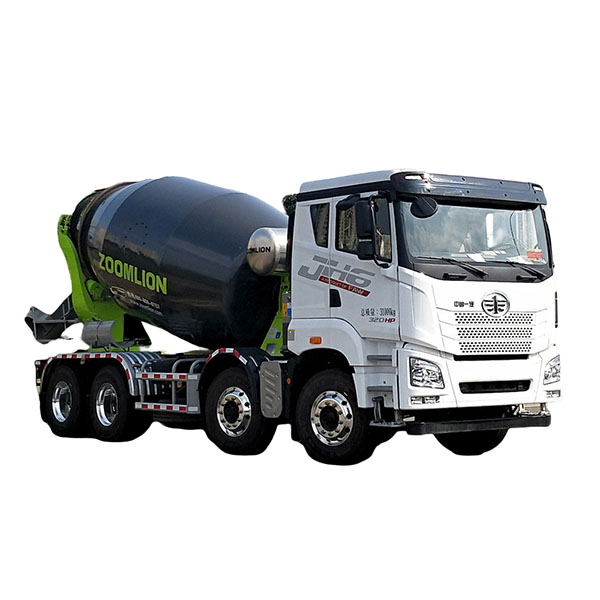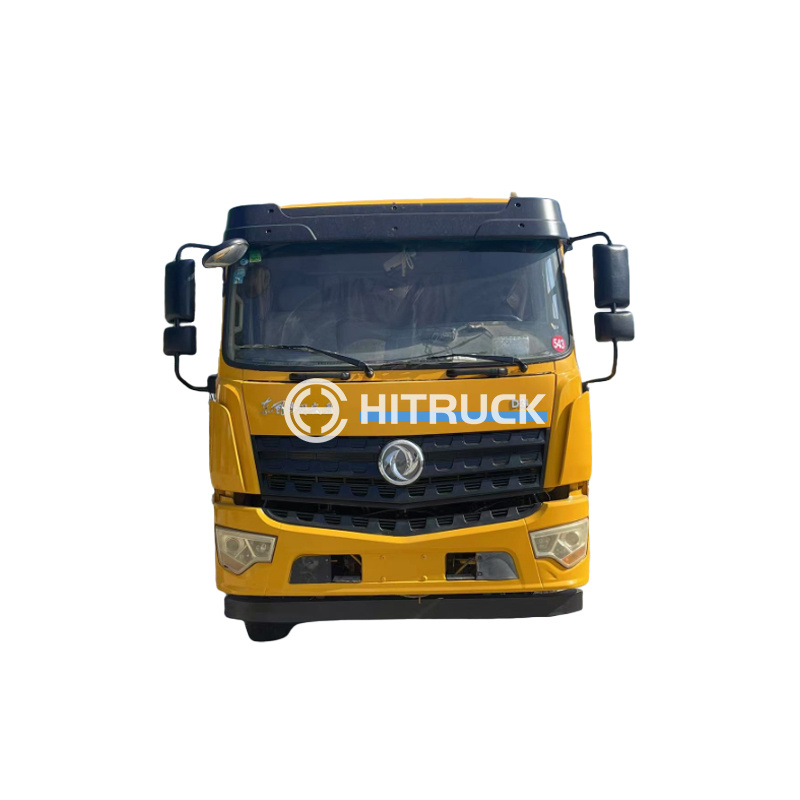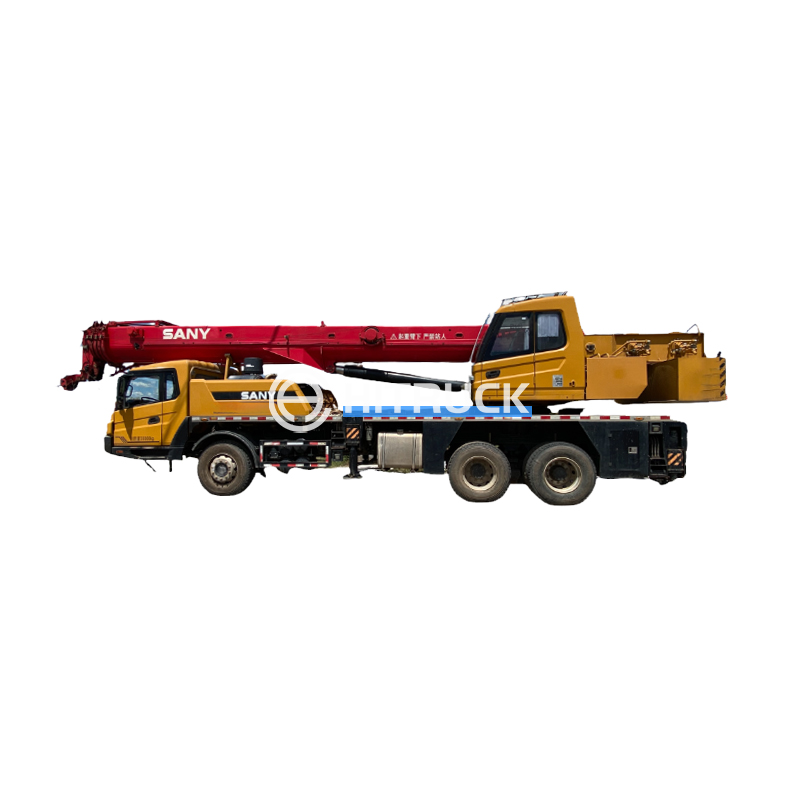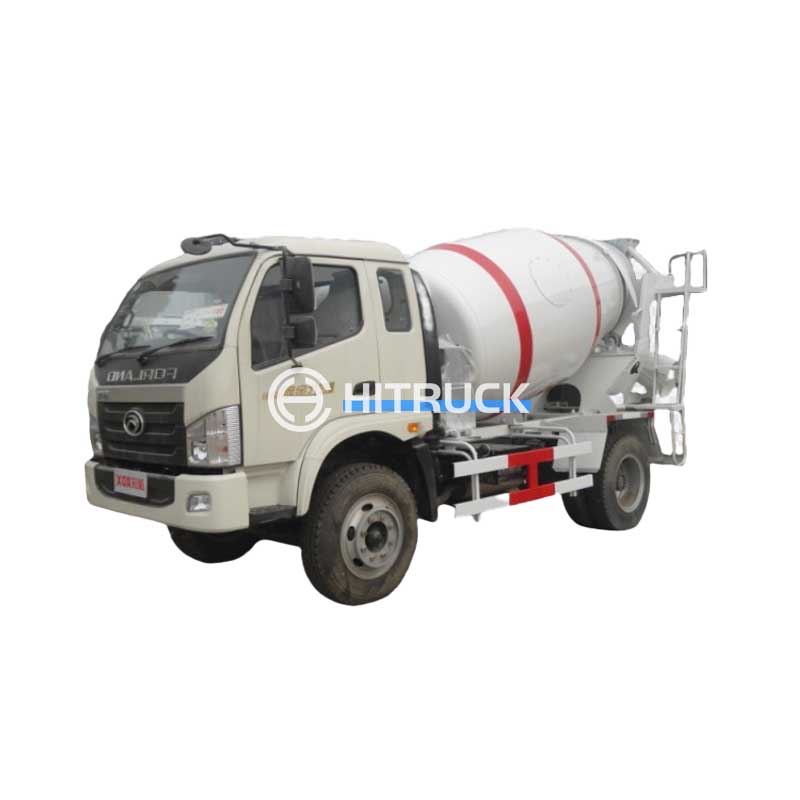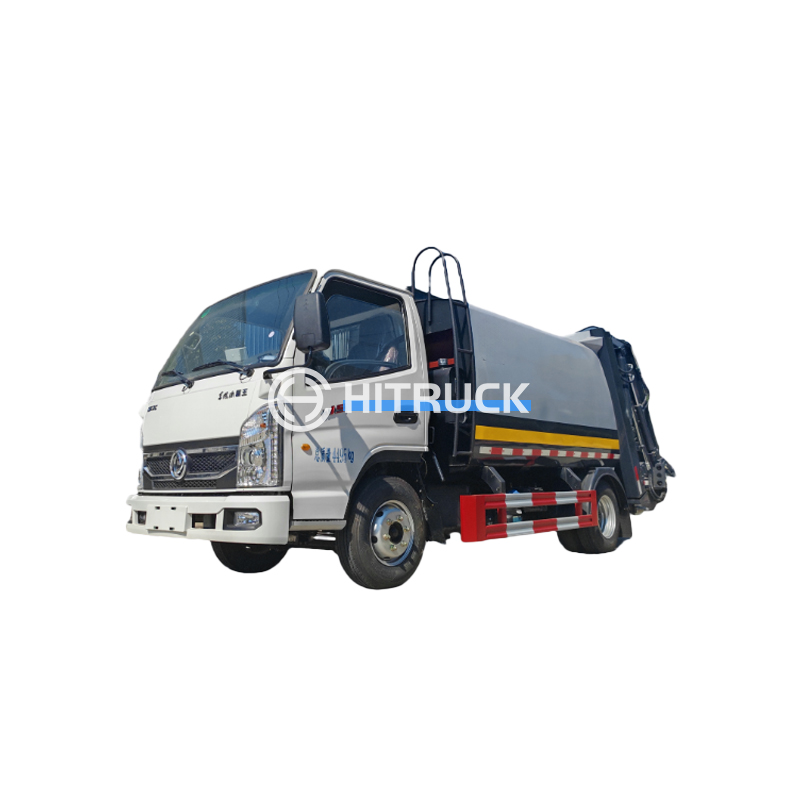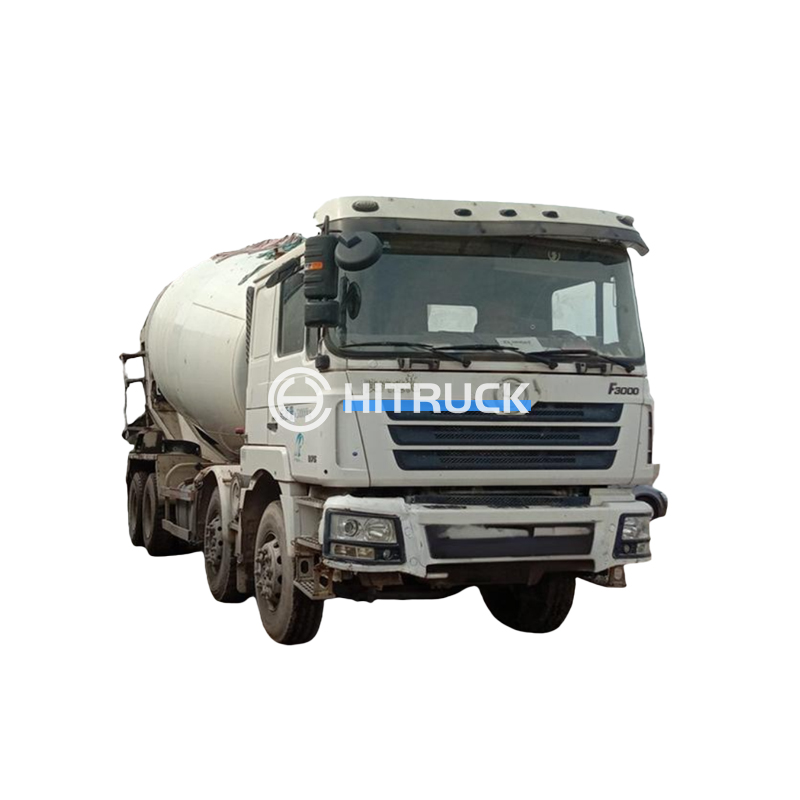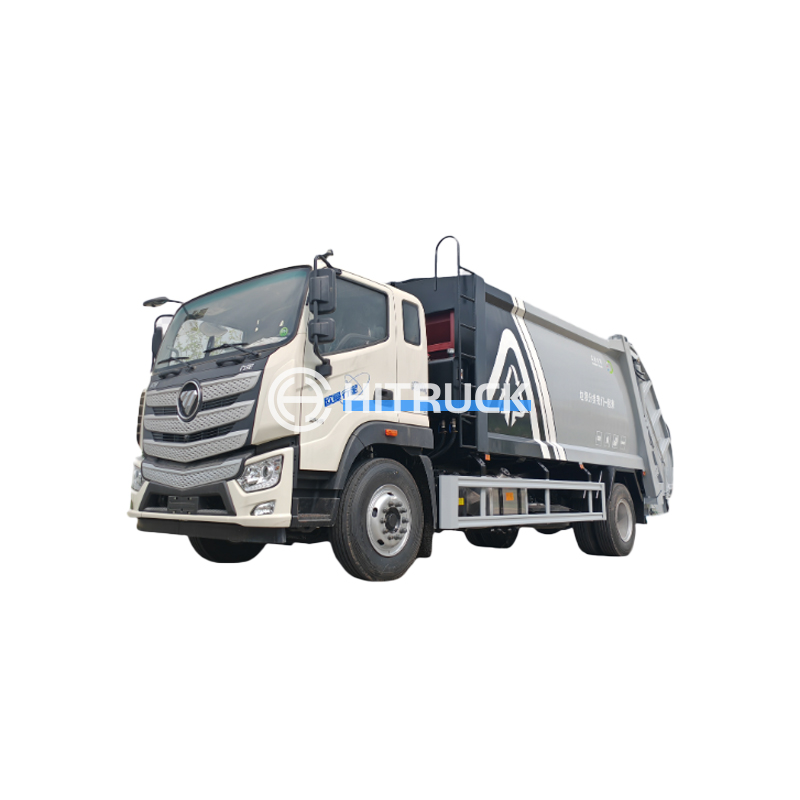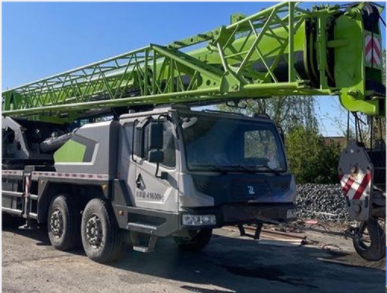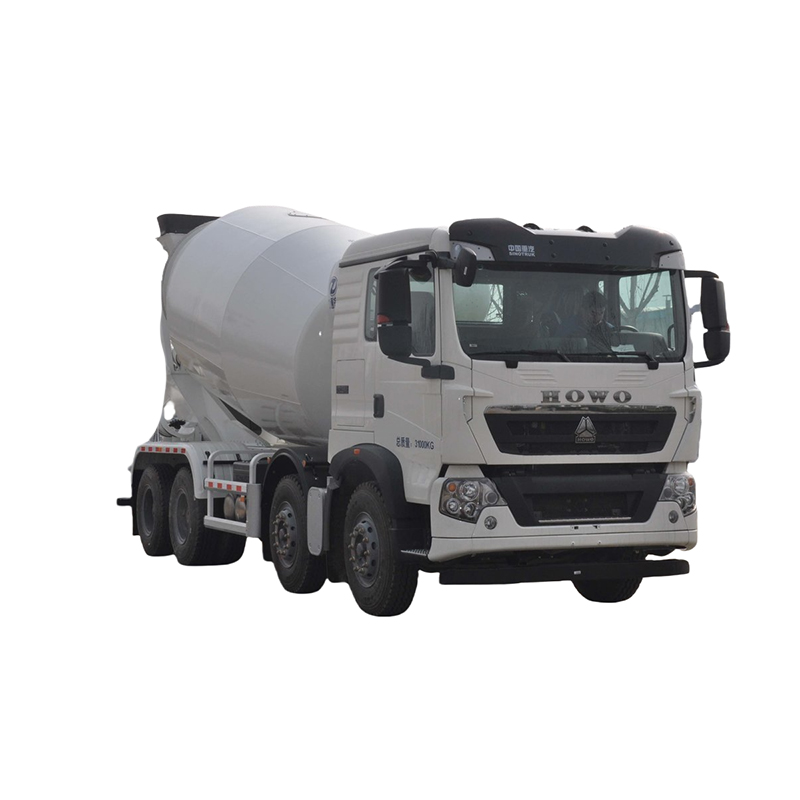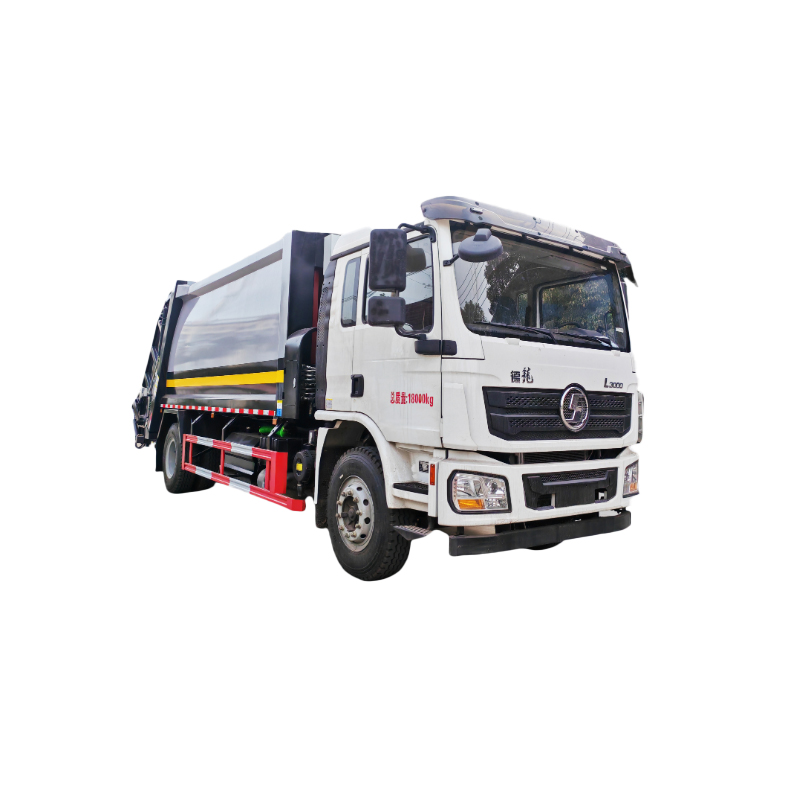This guide helps you understand the different types of concrete pump trucks, their specifications, and how to select the best one for your construction needs. We'll cover key factors to consider, from boom length and capacity to operating costs and maintenance. By the end, you'll be well-equipped to make an informed decision, ensuring your project runs smoothly and efficiently.
Boom pumps are the most common type of concrete pump truck. They utilize a telescopic boom to reach various locations on a construction site. Boom length varies considerably, ranging from short booms suitable for smaller jobs to extremely long booms capable of reaching high-rise buildings. Key factors to consider include boom reach, placement capabilities, and the overall maneuverability of the truck. Consider the accessibility of your job site when choosing a boom length. A shorter boom may be more suitable for congested areas, while a longer boom is essential for large-scale projects.
Line pumps, also known as stationary pumps, are typically used for smaller projects where maneuverability is less of a concern. These pumps utilize a long hose to convey concrete to its destination. They are often more affordable than boom pumps but have a more limited reach. Line pumps are ideal for projects where concrete needs to be pumped over relatively short distances. They're commonly used in residential or smaller commercial projects where the placement points are relatively close to the pump.
Truck-mounted pumps integrate the pumping system directly onto a truck chassis. This design offers a compact and mobile solution. This type of concrete pump truck is versatile and can be ideal for projects with varying site access requirements. However, you should carefully check the truck's weight capacity and size to ensure it's suitable for your project and local regulations.
The pump's capacity, measured in cubic yards or cubic meters per hour, directly impacts the speed and efficiency of your concrete pouring. Higher capacity pumps are ideal for large projects with demanding schedules. Remember to consider the concrete placement rate required for your specific job to avoid delays. You'll find detailed specifications on Hitruckmall for a range of concrete pump trucks.
The boom's reach is a critical factor, especially for high-rise construction. Consider not only the horizontal reach but also the vertical reach and the placement angle flexibility offered by the boom. Different boom configurations, such as Z-folding or L-folding booms, offer varying reach capabilities. Select a boom length suitable for your project's specific concrete placement requirements to maximize efficiency.
Remember to factor in the costs associated with maintenance, fuel, and operator fees. Proper maintenance is crucial for the longevity and reliability of the pump. The operating costs can vary significantly between different models and brands. It's important to obtain accurate quotes from rental companies or manufacturers before making a decision.
| Feature | Boom Pump | Line Pump | Truck-Mounted Pump |
|---|---|---|---|
| Reach | High | Low | Medium |
| Capacity | High to Medium | Low to Medium | Medium |
| Mobility | High | Low | High |
| Cost | High | Low | Medium |
Selecting the appropriate concrete pump truck is crucial for the success of any concrete construction project. By carefully considering the factors outlined above – pump capacity, boom reach, mobility, and cost – you can make an informed decision that optimizes your project's efficiency and profitability. Remember to always consult with professionals and consider the specific requirements of your project before making a final choice.
Disclaimer: This information is for general guidance only and should not be considered professional advice. Consult with construction professionals for project-specific guidance.

